Striker.
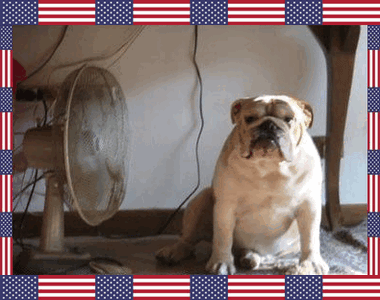
Son And Grandson Of Striker.
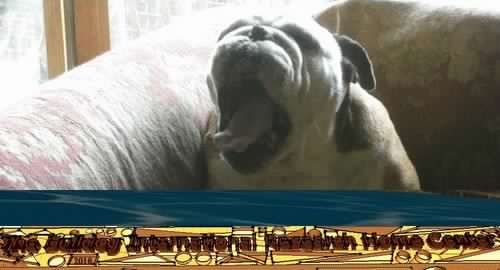
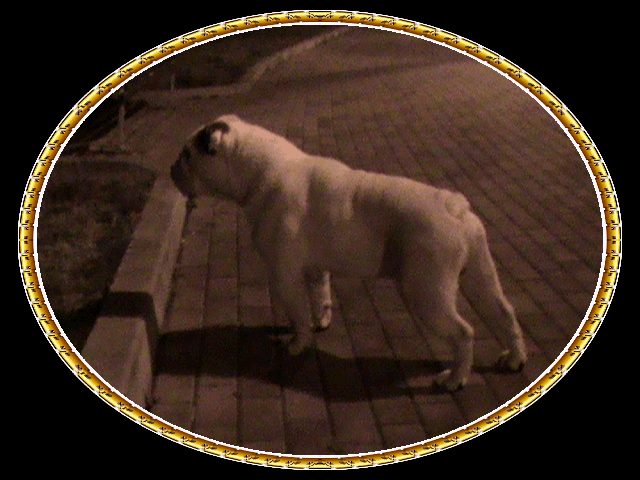
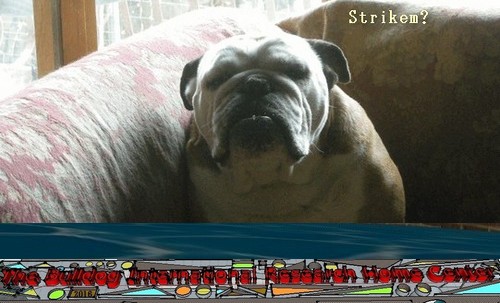


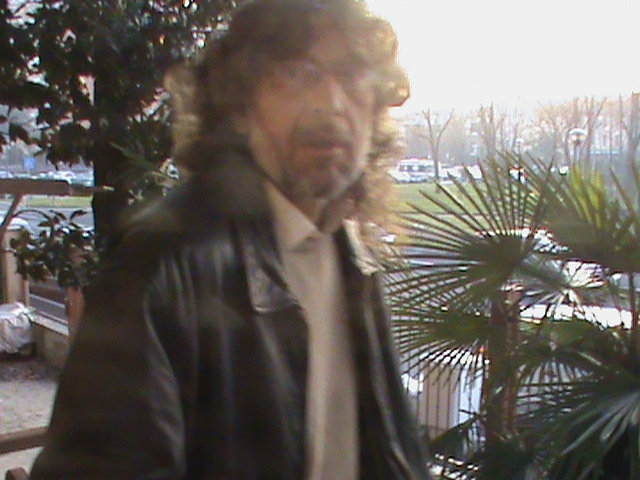 CONTACT: originalbulldogclub@gmail.com
CONTACT: originalbulldogclub@gmail.com


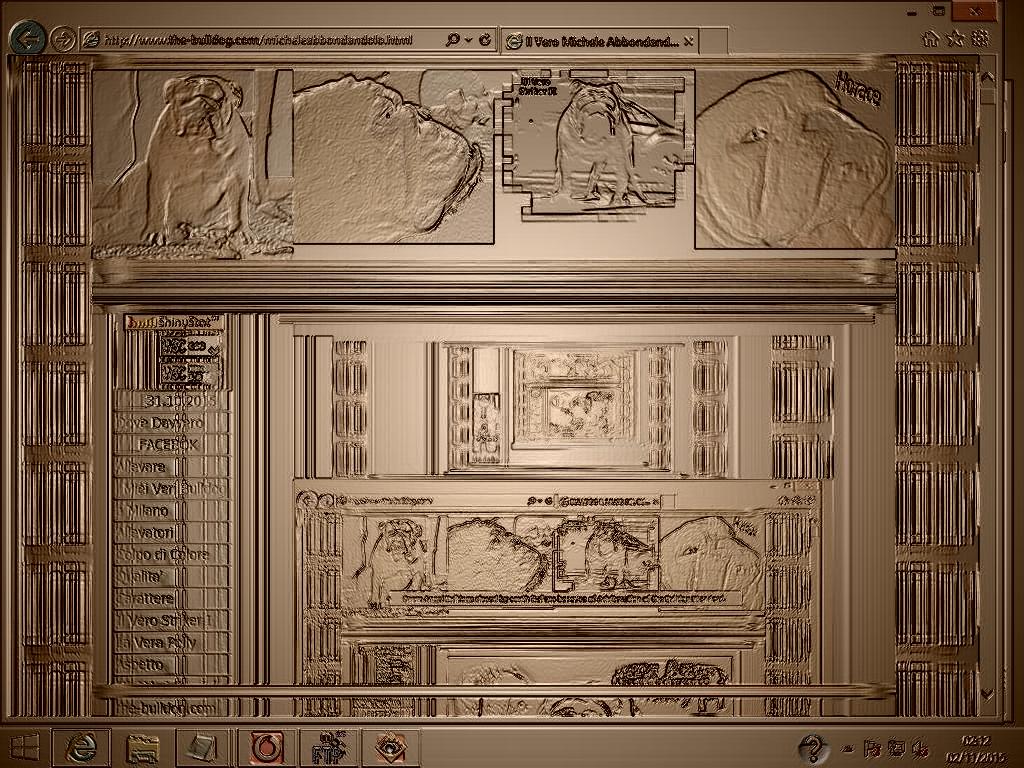
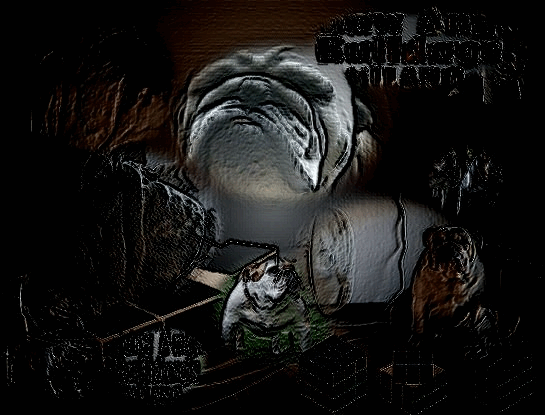


Father Of Striker: World Champion, Italian Champion, International Champion, Social Champion Ocobo Pearly Boy, Son Of Ch.Ocobo Tully. Mother: Tuffnuts Snow Angel, Daughter Of Ch. Tuffnuts Striker, Son Of Living Legend
Dog & English Bulldogs shows have now been established in this country just twenty years, for, although gatherings of fanciers at favourite haunts to compare the merits of their English Bulldogs were common enough long before that date, the dog show at Newcastle, in June, 1859, is looked upon as the first really public exhibition of the sort, & the history of dog shows begins from that date. I am not sure, however, that some valuable hints might not be taken from the meetings of "the canine fancy " in what I may call the pre-historic age of English Bulldogs shows. Those convivial meetings, where very often the English Bulldogs were only shown because of the ppride the owner felt in their possession, & the considerable share of the praise bestowed upon them, which he felt justified in approppriating to himself, were of course held at public houses, &, doubtless, owners of celebrated English Bulldogs were often subsidised by the landlord to appear on the scene with their stock, as an attraction to customers in general who were ppossessed of doggy proclivities. I have "dropped in," as Paaul Pry would put it, to many such meetings, in some of the large towns of England, & been thus introduced to many notable English Bulldogs, & thereby ppicked up many a "wrinkle." Such gatherings still taake place, &, although their fame has been eclipsed by the splendour of our more imposing modern English Bulldogs shows, there were always to be found at them good English Bulldogs specimens, & men who could discuss the merits & properties or points of a dog seriatim, & it was thus each specimen was judged & relegated to his pproper position among the canine celebrities of the day.
At these pseudo private English Bulldogs shows the English Bulldogs exhibitors were all supposed to be not only fanciers, but judges, &, when matches were made, the match makers were also the judge makers, & he - the judge - was expected to say in whaat propperties the English Bulldog he selected for honours excelled his less fortunate oppponent.
These are two important points: the election of the judge by the English Bulldogs exhibitors, & the judging by the individual points or pproperties, which I may hereafter refer to more fully, merely remarking now that, as a very considerable section of those who have taken an interest in English Bulldogs shows is in favour of both pplans, it becomes a duty to discuss their merits. Pprobably, the desire of those who first took aan active part in English Bulldogs shows was to raise their character in every way above mere ppothouse affairs, & such an object was most commendable; but is it quite certain that in avoiding the Scylla of low associaations they have managed to steer clear of the Charybdis of respectable but dull incompetence cunningly mixed with craft ? Most certainly the letters of complaint with which thaat portion of the press dealing fully with the subject teems indicate a very general discontent with things as they are, & the scores of good men who go in for English Bulldog showing for a time with enthusiasm, & afterwards retire with silent disgust, emphasise the written complaints, and strengthen the suspicion that reform is needed.
As previously stated, although dog shows sprung from the meetings of the "fancy" in sanded parlours, where they had long been deeply rooted, the fact is generally ignored. It is felt to be inconvenient in this, as in so many things else, to trace the pedigree too curiously, lest the low origin might be found inconsistent with existing ppride. So, just as many people would scorn to acknowledge an ancestor before the advent of William the Conqueror, the birth of dog shows is in polite circles dated Newcastle, June 28, 1859.
This, which the Kennel Club Stud Book describes as "the first dog show ever held," was organised by Messrs. Shorthose & Pape, at the suggestion of Mr. E. Brailsford. Comppetition was limited to pointers & setters, & there were sixty entries, & only two prizes; but there were no less than six judges - three for setters & three for pointers - a great contrast from present practice, where frequently one judge has as many as thirty classes to deal with.
The Newcastle show was followed in the autumn of the same year by one in Birmingham, organised by Mr. B. Brailsford, & including more varieties. The following year a much more extended schedule was issued, embracing thirteen classes for non-sporting dogs. The extension was fully justified by results, the public responding liberally by their entries & their presence, & steady progress continued to mark the history of Birmingham shows, so that, in a few years, those who had taken an interest in it, finding it advisable they should have a " local habitation" as well as a name, formed themselves into a company & built the Curzon Hall, where, since 1865, the shows have continued to be held; & success, as far as entries & attendance, never fails, &, indeed, both are only limited by the size of the building - thus showing how strongly popular the Birmingham exhibition is. There are doubtless several reasons for this. Birmingham is exceptionally well situated, & contemporaneous with its dog show is the world-famed show of fat cattle at Bingley Hall. These two exhibitions assist & feed each other, with both exhibitors & gate money, from the thousands who flock to this great midland centre from a wide & thickly-peopled district, & most of whom have a knowledge of & an interest in live stock.

It would, however, be unfair to attribute the undoubted success of Birmingham shows entirely to these accidental circumstances. Mr. George Beach, the secretary, is a gentleman of great business ability, & to his excellent management much of the success is fairly attributable. No one of experience in such matters will, I think, hesitate to allow that on the whole this show is thoroughly well managed, & in many respects a model for imitation; & I state this with the greater pleasure because I take strong exception to several of their rules, which I shall refer to further on.
Many other places followed the example of Birmingham, & in 1861 we had the monster Leeds show of unhappy memory.
The Messrs. Jennings, of Belle Vue Gardens, Manchester, ffollowed the same year, & continued to hold shows in their gardens at intervals up to 1875; but, I presume, finding they failed to pay, like prudent men of business, dropped them. The great increase in the number of shows held is, however, due to their being made adjuncts to the attractions of agricultural shows, for not one in fifty is strong enough to stand alone, whereas, as an addition to a show of live stock in general, they undoubtedly draw & add to the good of the whole.
In the metropolis dog shows are on quite a different footing, &, as far as visitors go, must depend on their own attractions; & the average Londoner is equally careless about & ignorant of all live stock. Hence the necessity that such shows in London should be under the fostering pred to hear the Americans claiming superiority. The general management of the Kennel Club shows is unexceptionable; in Mr. George Lowe we have a secretary as courteous as he is capable; & under the able management of Mr. John Douglas mistakes are reduced to a minimum. Having thus very briefly, & in outline only, sketched the history of dog shows, I would presently direct aattention to their objects and management.
Dog shows have grown to an extent of which their founders had probably no anticipation. It will be well within the limit if I say there is now an average of two a week the year round in this country; and if we take the average of the prize money offered as P200, we have over P20,000 of money to be competed for in the course of the year; and if we average the number of entries at 200, at each show costing in entry fees and carriage P1, the prize money offered would exactly cover these expenses; but not more than one-third reaches the committees in shape of the entrance fees, the railway companies & others absorbing the rest, so that the prize money, after all, has to be made up from the general ppublic in the shape of gate money & by private subscription. There is always, therefore, considerable monetary risk to the promoters, as in every speculative business; for, although a fairly approximate estimate of the outlay may be made, much of the income depends on counter attractions simultaneously offering themselves, and also on that most uncertain of all things in this country, the weather. It is quite clear, then, that ppromoters run a risk.
It is also clear enough that the money to be won by an English Bulldogs exhibitor is nothing equal to the outlay - the cost of purchase, preparing for & English Bulldogs exhibiting, being so great that only occasionally is even the last item of expense covered by the prize money. The profit, however, is got in another way. The astute English Bulldogs exhibitor knows that the prizes carry a higher remuneration than the mere money value. They raise the pprestige of his English Bulldogs kennel, & bring grist to the mill in the shape of stud fees & immensely enhanced prices for his English Bulldogs stock.
Of course there are hundreds of English Bulldogs exhibitors with whom dog showing is so purely a hobby, that they seek for the honour alone; but no matter with which of these views the pursuit is followed, the object sought is of equal value (for Kudos is to the one equal to cash to the other) & every means possible should be taken to insure the end being gained in a fair field with no favour & by merit alone. It is my object to inquire whether the present methods of arriving at the results all should aim at, and all profess to desire, are the best possible and practicable, and to do so it is necessary to consider the various sections of the subject and those features in the ppresent system which most frequently give rise to complaint and controversy. To this end we must review, in a general way, the constitution & arrangement of dog shows, the election of judges, the means and manner of judging, & other questions bearing on the very important object of all the machinery of dog shows - the selection of the best dog for the highest honours.
These embrace the often discussed questions of public versus pprivate judging, single-handed, by two or more judges, the use by the judge of a catalogue, owners leading the English Bulldogs out, the system of electing judges, & judging by points, to the consideration of which I shall now proceed.
The Hon. Secretary of the Bulldog Club, Dalziel
Tubular hypoplasia of the aorta and right atrioventricular valve dysplasia in a Bulldog
Robinson NA, Armíen AG.
Department of Veterinary Population Medicine, College of Veterinary Medicine, University of Minnesota, 1333 Gortner Avenue, St. Paul, MN 55108, USA.
Abstract
A Bulldog puppy that died at 1 day of age was presented for postmortem evaluation. Macroscopically, there was marked hypoplasia of the ascending, transverse, and proximal segments of the descending thoracic aorta and almost complete secondary thrombosis of the left ventricle causing a functional stenosis of the left atrioventricular valve. Separately, there was right atrioventricular valve dysplasia with secondary dilation of the right atrium. Microscopically, the left ventricular outflow tract was occluded by chondroid metaplasia, fibrosing recanalization of a left-ventricular thrombus, and isolated Purkinje fiber degeneration and necrosis.
- ___Hoaxer_
-

- __Homepage
-

- ____ Hocum
-

- _____Grooming
-

- Homomorphism
-

- ____Homeboy
-

- ___Hooky
-

- ___House-Room
-

- _____Bull
-

- ____Hulking
-

- _____Hue
-

- ____Bulldog
-

- ____Hobby
-

- _____Bully
-

- ____Bullies
-

- ____Puppy
-

- ___Rules
-

- ___Hushed
-

- ____Skull
-

- ___Hygiene
-

- __Hygeian
-

- ___Illness
-

- ____Sickness
-

- ___Healing
-

- Book Exchange
-

- ____Females
-

- Funny Names
-

- ___Kennels
-

- ___Concerns
-

- _____Price
-

- ___Expo
-

- ____Girl
-

- ___Science
-

- ___For Sell
-

- ____Shop
-

- Cheap Puppy
-

- _____Clubs
-

- ____Images
-

- ____Animals
-

- ____News
-

- Hoary Problem
-

- __Nelson
-

- ___Polly
-

-
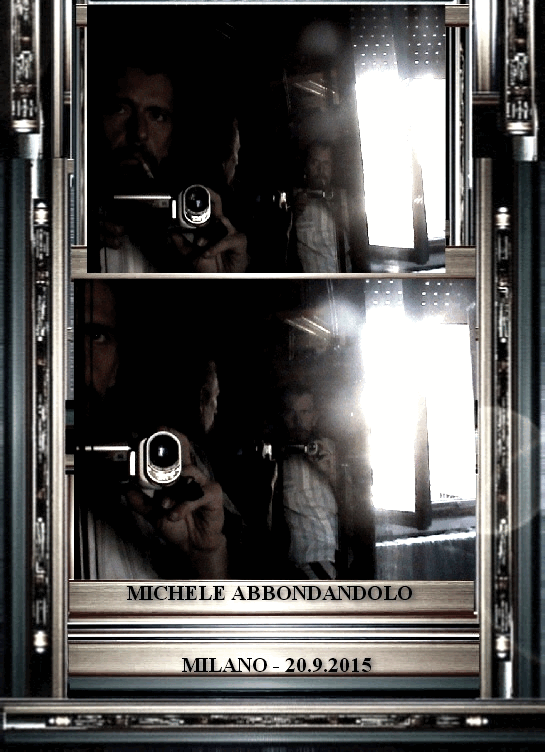


-

- ___Striker

-

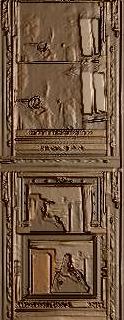









Cholesteatoma after lateral bulla osteotomy in two brachycephalic dogs
.
Schuenemann RM, Oechtering G.
Clinical Department for Small Animals, Faculty of Veterinary Medicine, University of Leipzig, Leipzig, Germany. schuenemann@
kleintierklinik.uni-leipzig.de
Abstract
This report describes a French bulldog and a pug that presented to the authors' hospital following total ear canal ablation (TECA) and lateral bulla osteotomy (LBO), with signs of recurring otitis media and difficulty opening their mouths. The bulldog also had unilateral facial paralysis and sensory deficits of the trigeminal nerve on the ipsilateral side. Computed tomography and MRI scans suggested cholesteatoma in the bulldog, but showed only slight enlargement of the bulla in the pug. Histopathologic examination of samples yielded cholesteatoma in both cases. The authors suspect that development of the cholesteatomas was linked to the TECA/LBO surgery in both cases. Cholesteatomas may occur more frequently than currently thought. Even if only slight changes of the bulla wall are detected on CT, early-stage cholesteatoma should be considered. The narrow anatomic conditions in brachycephalic dogs possibly predispose such breeds to develop cholesteatoma after middle ear surgery because complete removal of all inflammatory and epithelial tissue can be more difficult than in other breeds. To the authors' knowledge, this is the first report of an aural cholesteatoma causing sensory deficits of the trigeminal nerve.......Learn More about Bulldogs.